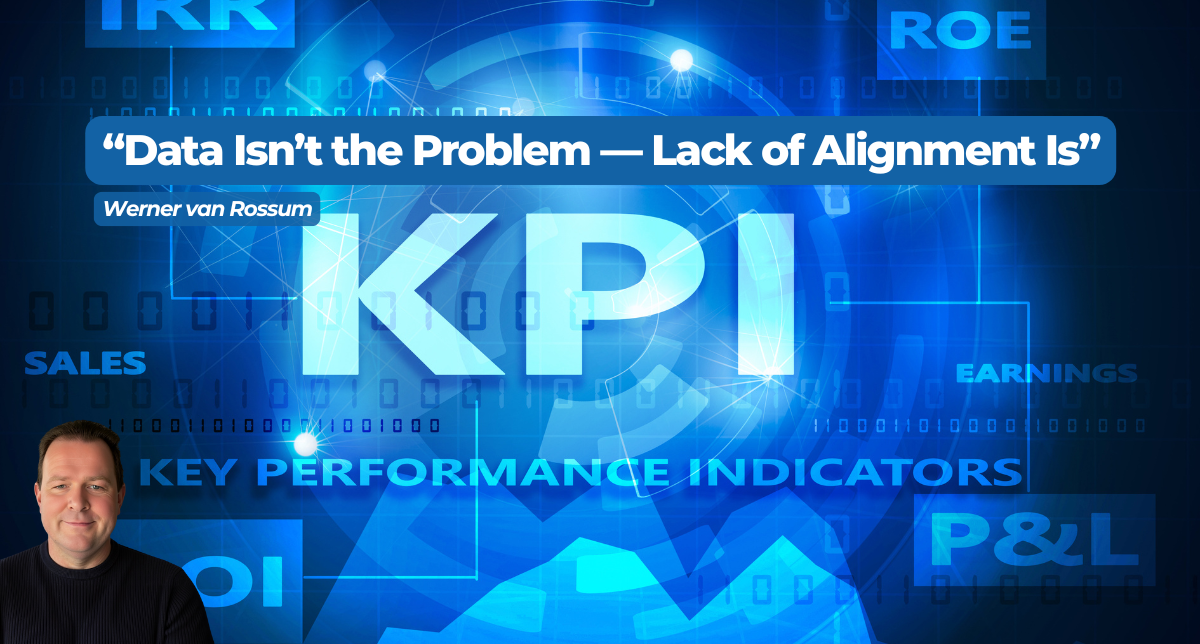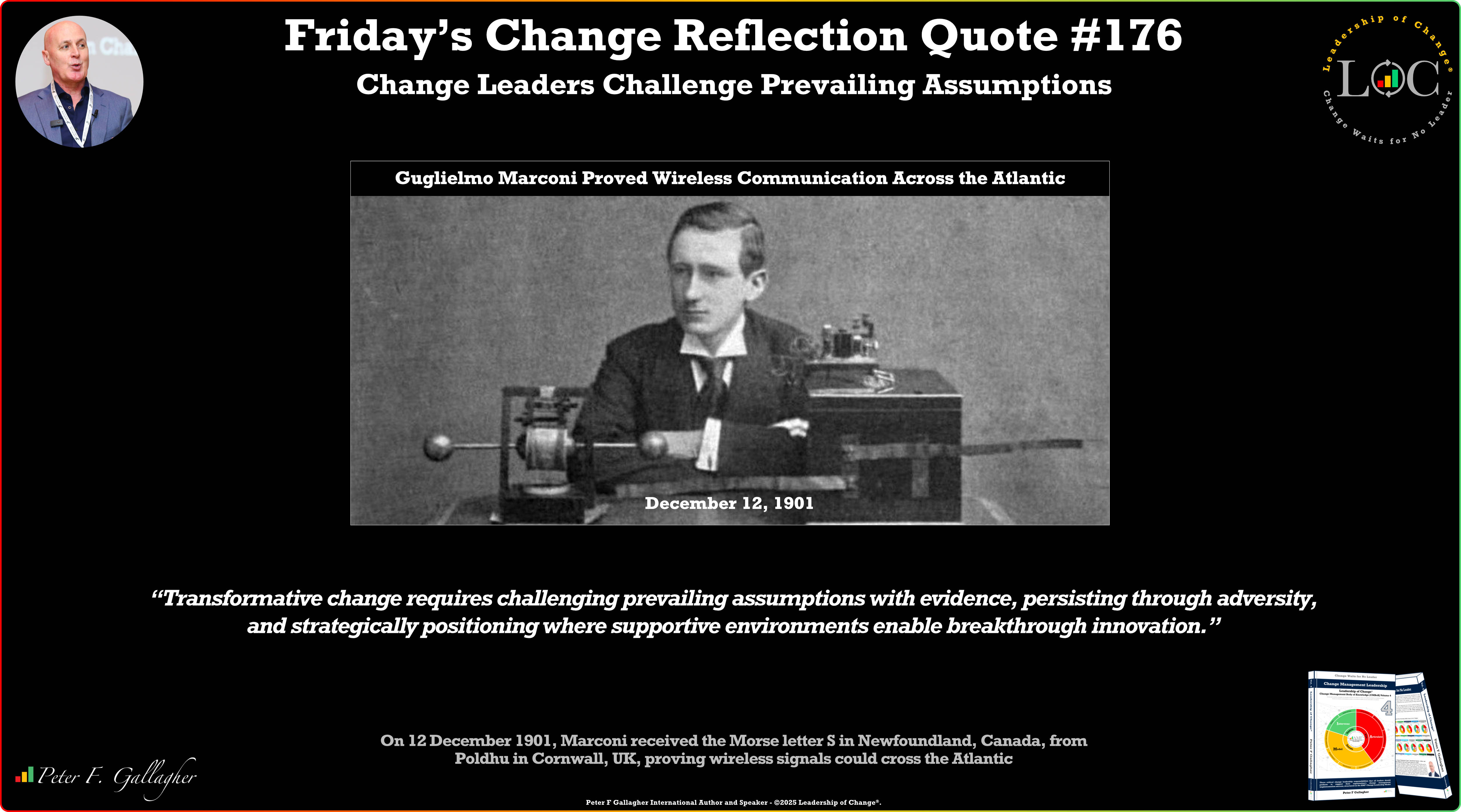May24

In today's hyper-connected, data-driven world, effective communication is no longer a soft skill—it's a strategic asset. Yet even seasoned professionals fall prey to a subtle but pervasive communication flaw: weasel words. These ambiguous phrases sound authoritative but convey little substance, diluting clarity, hindering alignment, and eroding credibility.
Named after the folklore belief that weasels suck the contents out of eggs without breaking the shell, weasel words leave statements looking full while rendering them hollow. This linguistic vagueness carries real-world consequences in strategy, leadership, marketing, and daily operations.
At their core, weasel words are designed to sound impressive without actually making firm, verifiable claims. They offer rhetorical cover—asserting action, value, or credibility—without specificity, evidence, or accountability.
These phrases imply consensus or proof but sidestep detail. Without clarifying who the “experts” are, or what qualifies a service as “best-in-class,” such language becomes a smokescreen—projecting authority without committing to anything measurable.
Weasel words are not confined to poor writing; they are embedded in the language of institutions across industries.
Statements like “delivering innovative, value-added solutions” abound in business documents. While such language may sound strategic, it often masks a lack of clarity. What exactly is being delivered? How is value measured? Innovation in what domain?
As explored in the Palladium Execution Premium Process (XPP), strategic clarity is a cornerstone of execution.
Politicians frequently use weasel words to maintain ambiguity while appealing to broad constituencies. Statements such as “working to foster economic opportunity” sound noble but offer no roadmap for action or assessment.
Brands often rely on phrases like “scientifically formulated” or “trusted by professionals.” Without transparency, such as naming studies or endorsing experts, these terms are more a persuasive trick than the truth.
Weasel words creep into routine dialogue: “We’re looking into it,” “It appears that…,” or “There’s a consensus…” These phrases soften assertions, shielding speakers from scrutiny while leaving unclear messages.
Ambiguous language may seem harmless, even helpful in navigating complexity. However, the consequences of strategy are tangible.
Strategic communication sets the foundation for execution. Teams cannot rally around a shared purpose if mission statements or goals are filled with weasel words. Vague language breeds confusion, not commitment.
As Roger Martin notes, “Real strategy involves making choices.” Weasel words often indicate avoidance of such decisions. They signal that an organization may be planning, but not truly strategizing—failing to commit to trade-offs or bold direction.
Objectives such as “enhancing customer satisfaction” sound promising, but without metrics or timelines, they lack teeth. Clear goals, like “achieve a Net Promoter Score of 70 by Q4,” enable accountability and facilitate performance tracking.
In an age where audiences—customers, employees, investors—are increasingly discerning, vagueness invites skepticism. Once stakeholders recognise the emptiness of corporate speak, trust diminishes. Rebuilding that trust is far more difficult than maintaining it through clarity.
Eliminating weasel words demands intentional communication practices that foster clarity, transparency, and authenticity.
Replace generalities with quantifiable, action-oriented statements. Instead of “optimise operational processes,” say “reduce customer onboarding time by 20% within three months.” Precision transforms ambition into action.
If you claim that “research shows,” cite the actual research. If “experts recommend,” identify them. Transparency builds trust and strengthens the persuasive power of your message.
Don’t just communicate what you do—explain why it matters. Drawing from Dan Heath’s insights on mission statements, consider how “We help startups secure funding” is more compelling than “We offer holistic entrepreneurial support.”
For deeper strategic thinking tools and frameworks, explore Visualise Solutions, a valuable resource for leaders aiming to refine clarity in vision and communication.
Abstract language is sometimes necessary, but only if clearly defined. If your strategy hinges on being “customer-centric,” explain how that manifests in action and how success is measured.
Remove your company’s name from your mission or strategy statement. Would it still be recognisable as yours? If the answer is no, it’s likely too generic.
Weasel words are often born from the desire to please diverse audiences, to sound polished, or to avoid conflict. However, vagueness is a liability, not a virtue, in leadership and strategy. Precision in language reflects precision in thought—and that’s the foundation of effective execution.
As the Palladium XPP framework underscores, communication is central to strategic success. When stakeholders understand, believe in, and can act on a strategy, performance follows. That requires saying precisely what you mean—and nothing less.
In the words of Roger Martin, “Planning is comfortable. Strategy is courageous.” So too is speaking with clarity. Choose words that inform, inspire, and direct—not ones that fill space.
By Andrew Constable MBA, XPP, BSMP
Keywords: Business Strategy, Innovation, Leadership
 The Agentic Superiority of Gemini 3 Pro: Scale, Multimodality, and Ecosystem Integration
The Agentic Superiority of Gemini 3 Pro: Scale, Multimodality, and Ecosystem Integration Data Isn’t the Problem. Alignment Is.
Data Isn’t the Problem. Alignment Is. Friday’s Change Reflection Quote - Leadership of Change - Change Leaders Challenge Prevailing Assumptions
Friday’s Change Reflection Quote - Leadership of Change - Change Leaders Challenge Prevailing Assumptions The Corix Partners Friday Reading List - December 12, 2025
The Corix Partners Friday Reading List - December 12, 2025 Measuring the True ROI of Automated Claims Processes: Beyond Speed and Cost
Measuring the True ROI of Automated Claims Processes: Beyond Speed and Cost